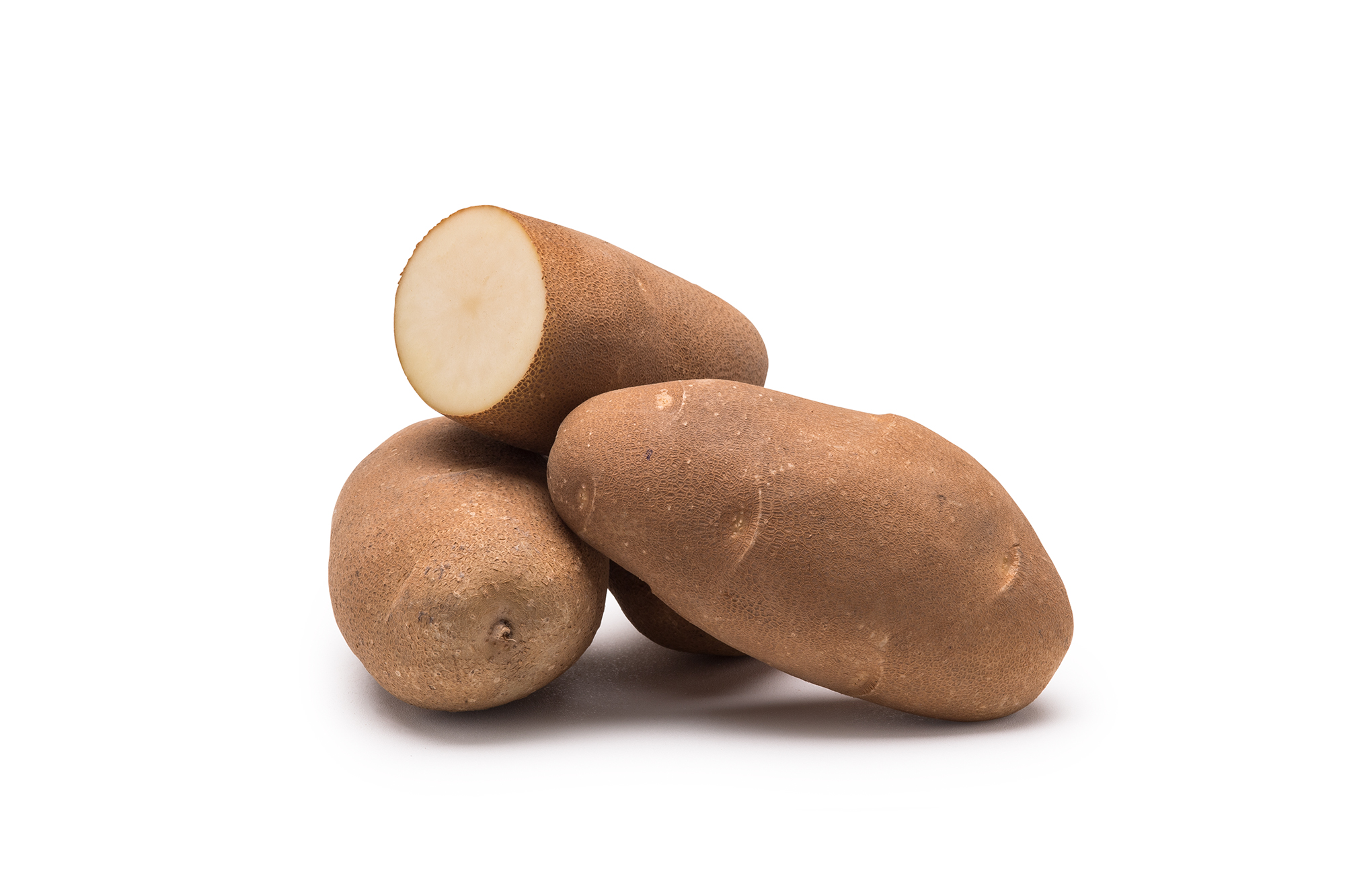This article appears in the July 2018 issue of Potato Grower.
In this month’s Smorgasbord, with the help of our friends at the Tri-State Breeding and Research Program, we get to know Castle Russet, a medium- to late-maturing variety with high full-season yield of oblong-long, heavy-russeted tubers with higher dry matter content and cold sweetening resistance than those of standard russet varieties.
Check www.pvmi.org for a full list of seed growers.
History
- Parentage: PA00V6-3 × PA01N22-1
- Developed by Tri-State Breeding and Research Program, released in 2018
- PVP applied for in 2018
Management
- Management guidelines similar to Russet Burbank
- Planting: 9- to 11-inch seed piece spacing with rows spaced 34 to 36 inches apart
- Medium to large tuber size profile similar to Ranger Russet under full growing season
- Higher yields at 350 to 400 pounds of nitrogen fertilizer per acre than at low nitrogen input
- Fertility needs similar to Russet Burbank
Strengths
- High late-season yields of U.S. No. 1 tubers
- Typy appearance and culinary qualities make it a suitable candidate for fresh market production.
- Extremely resistant to potato virus Y, corky ring spot caused by tobacco rattle virus, and potato mop top virus
- Greater resistance to Fusarium dry rot, common scab and most internal and external defects than Russet Burbank
- Resistant to Metribuzin
Weaknesses
- Prone to hollow heart in early harvest trails
- Higher glycoalkaloids under certain growing conditions than standard cultivars
Storage
- Moderate dormancy, 50 to 60 days shorter than Russet Burbank
- Good fry quality when stored between 40 and 48 degrees
- Susceptible to shatter bruise
- Higher resistance to blackspot bruise than standard cultivars
